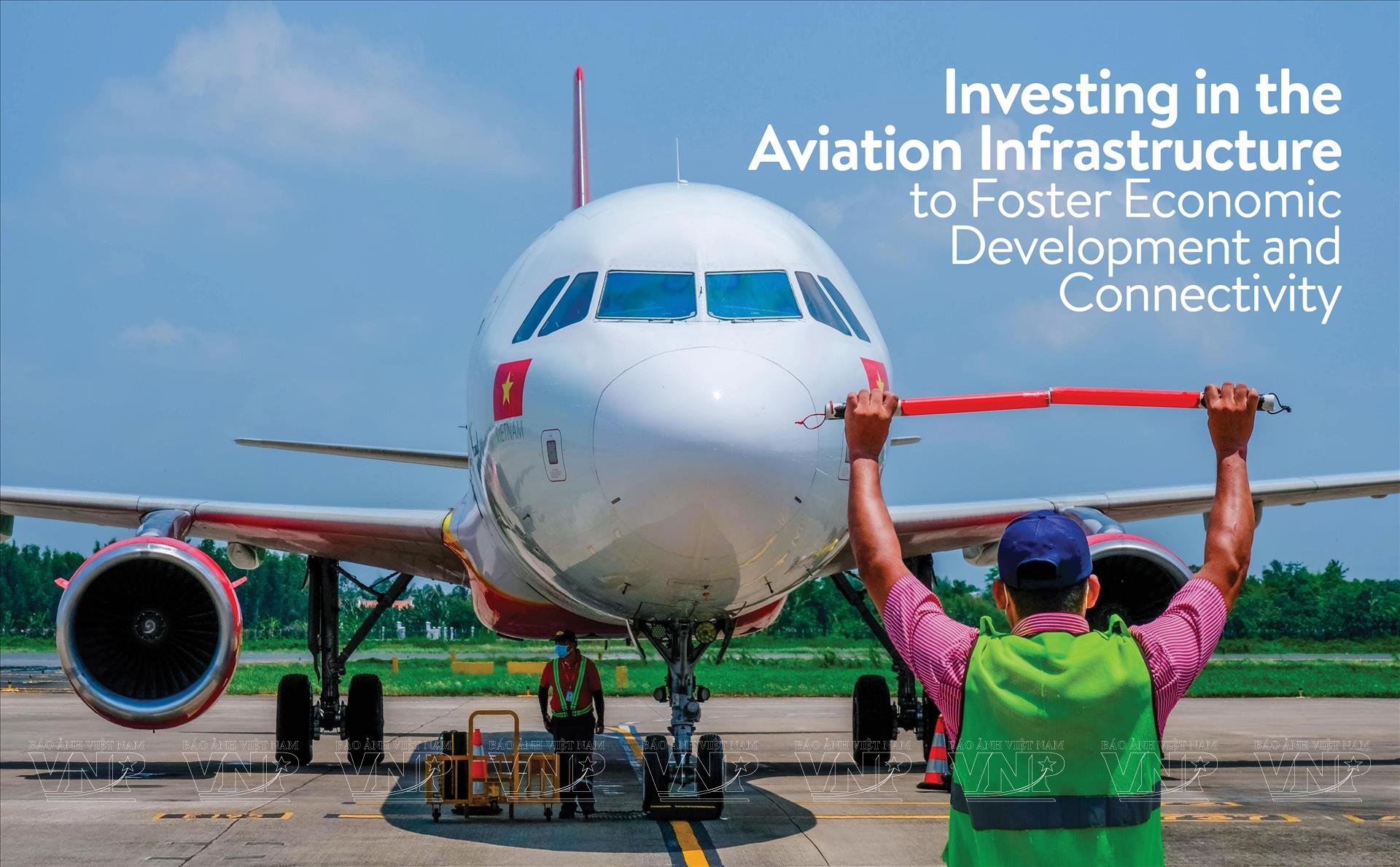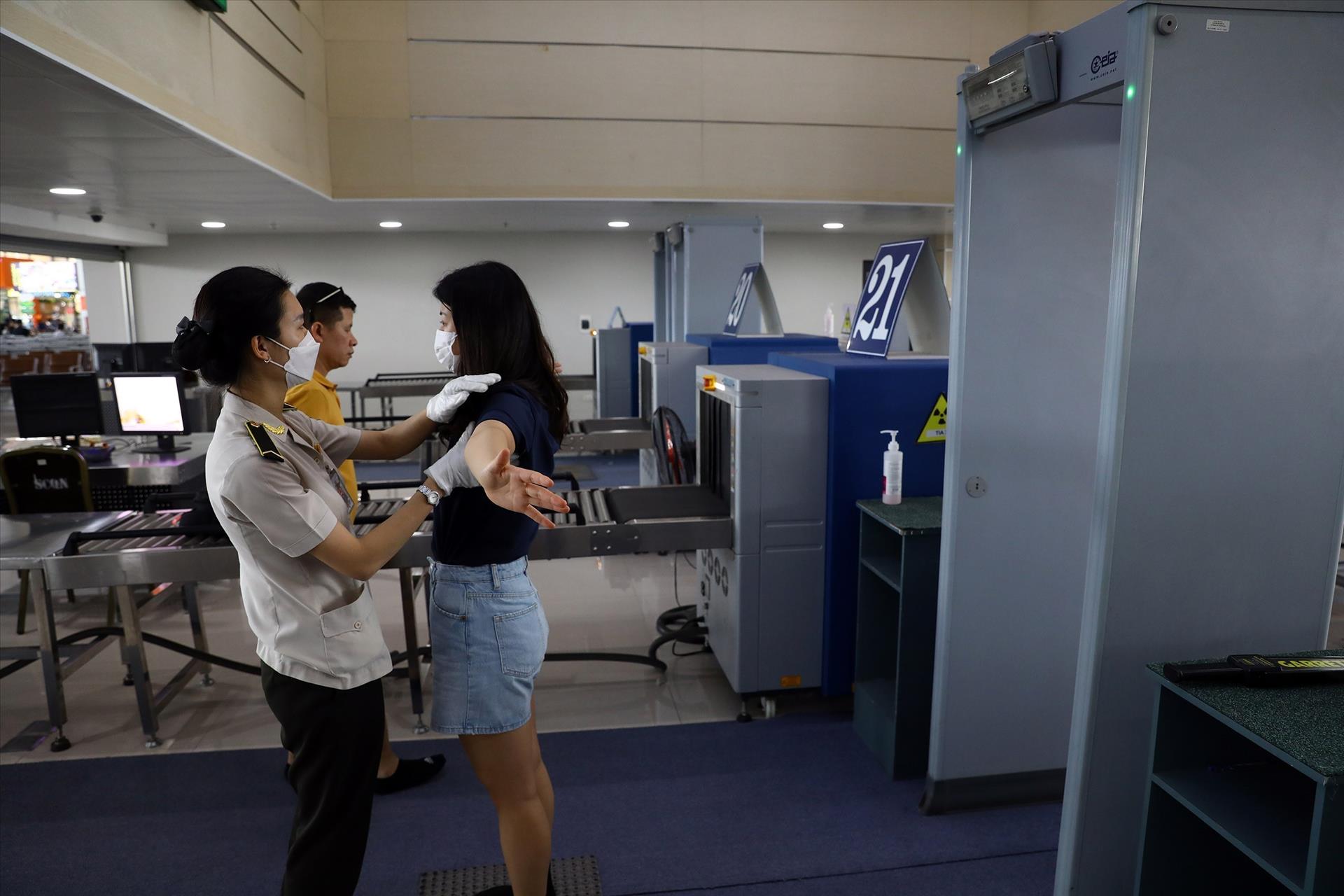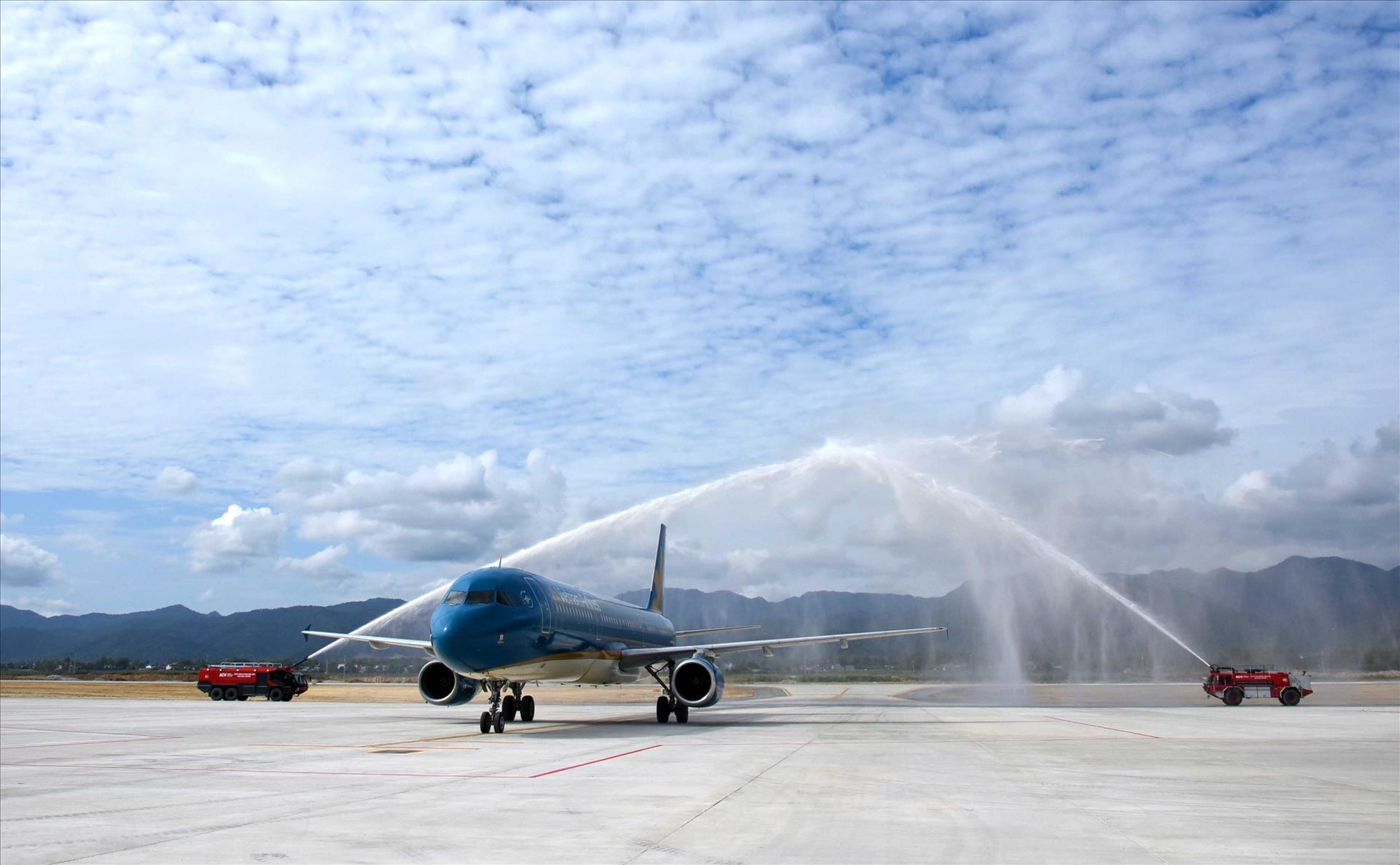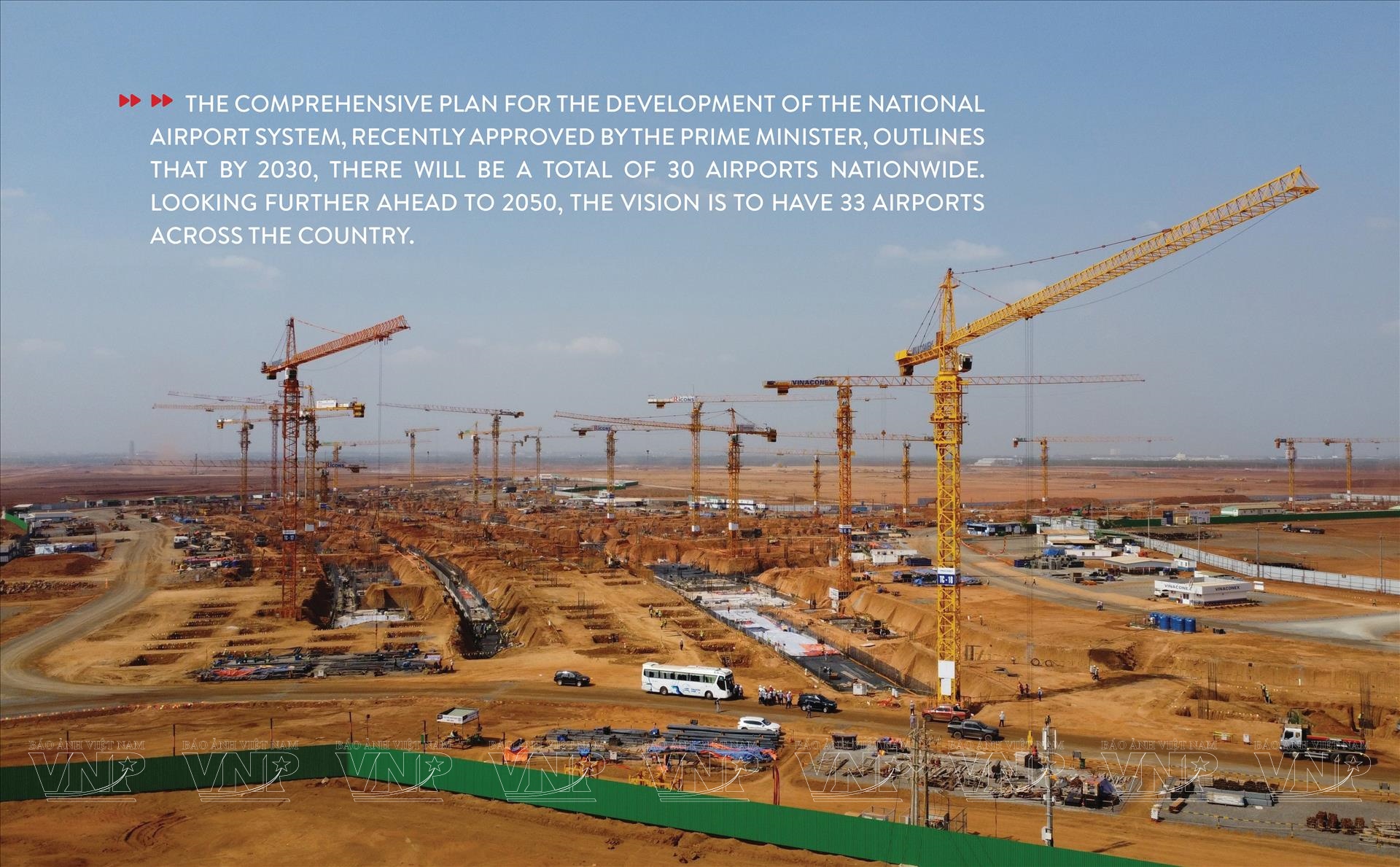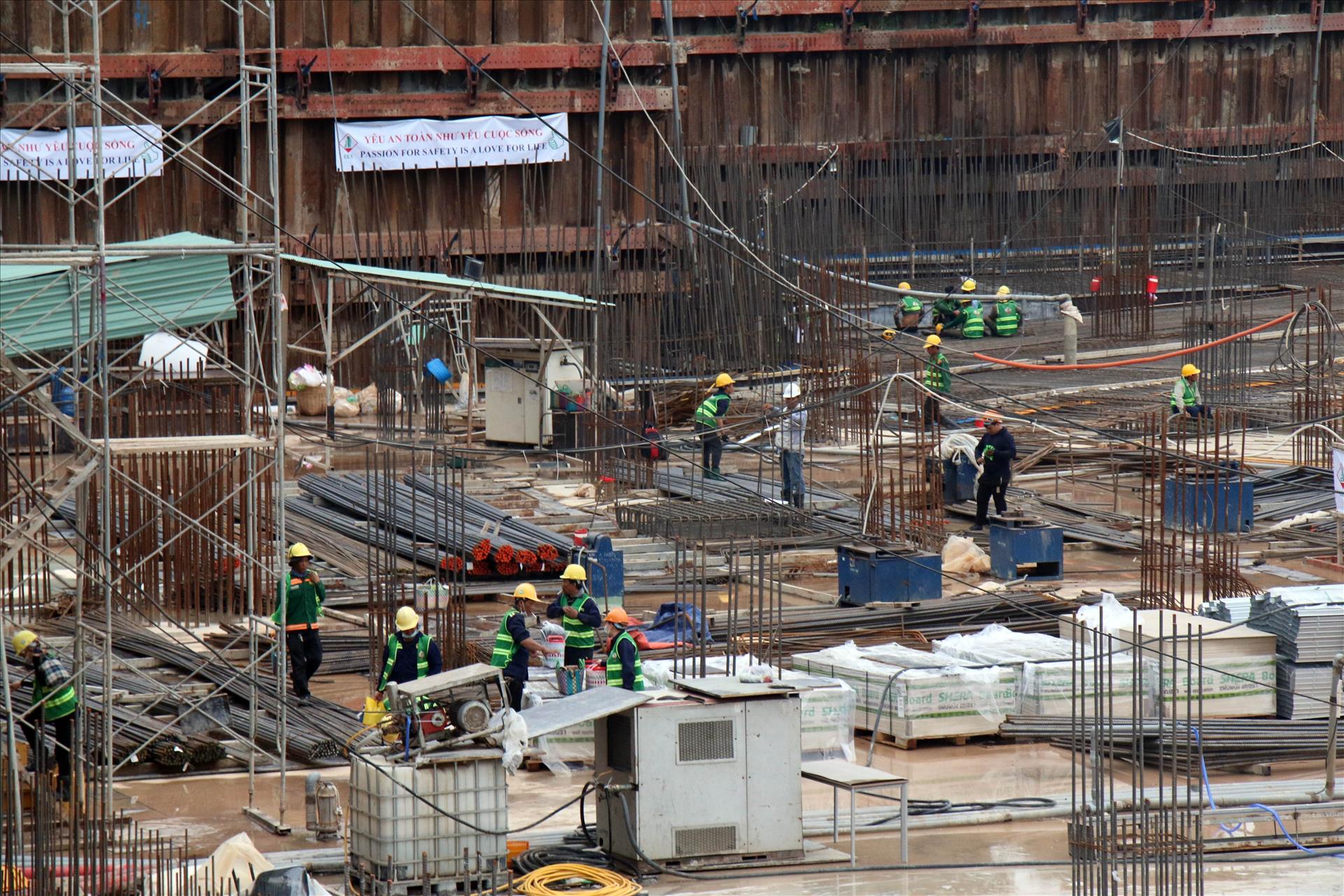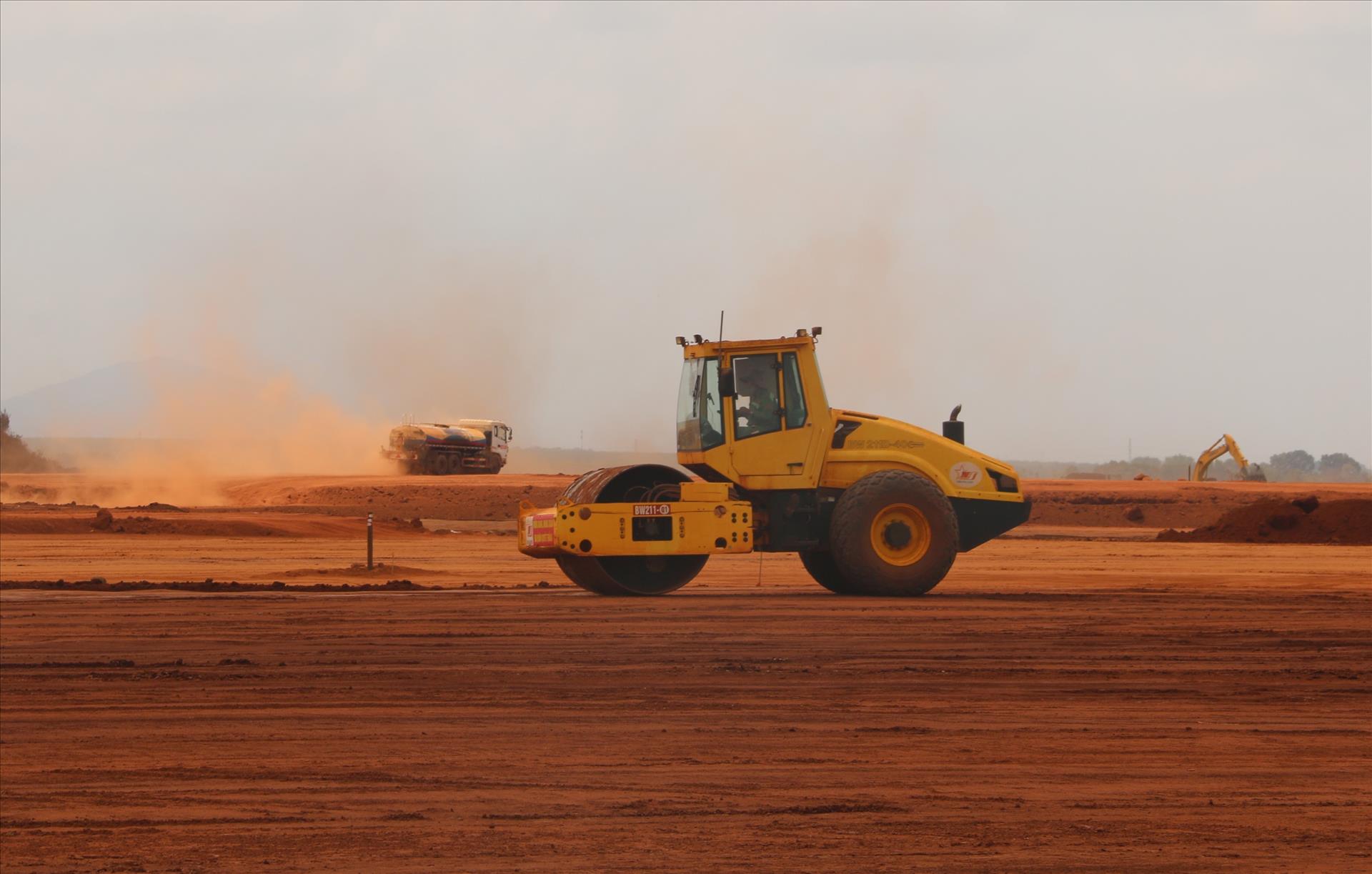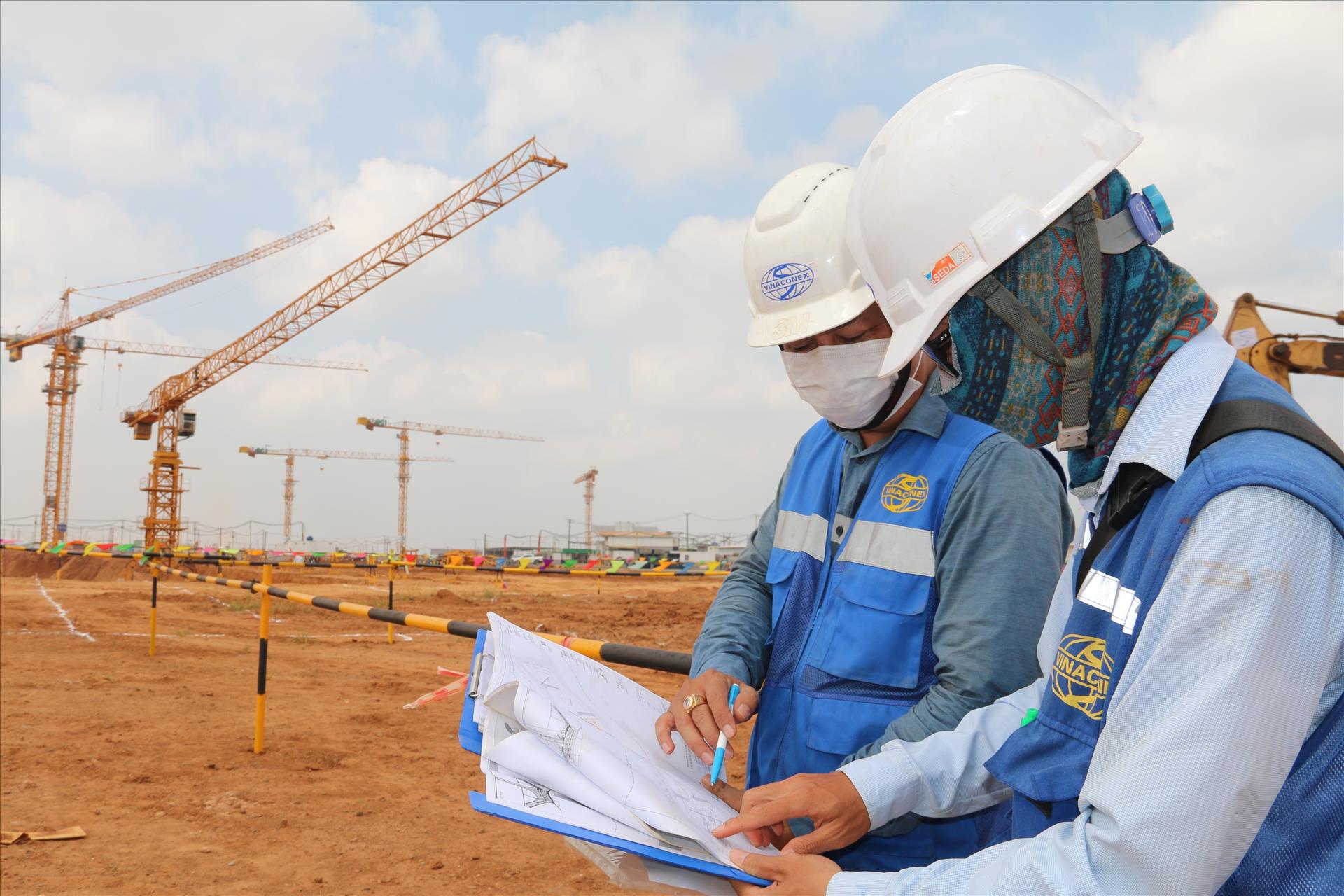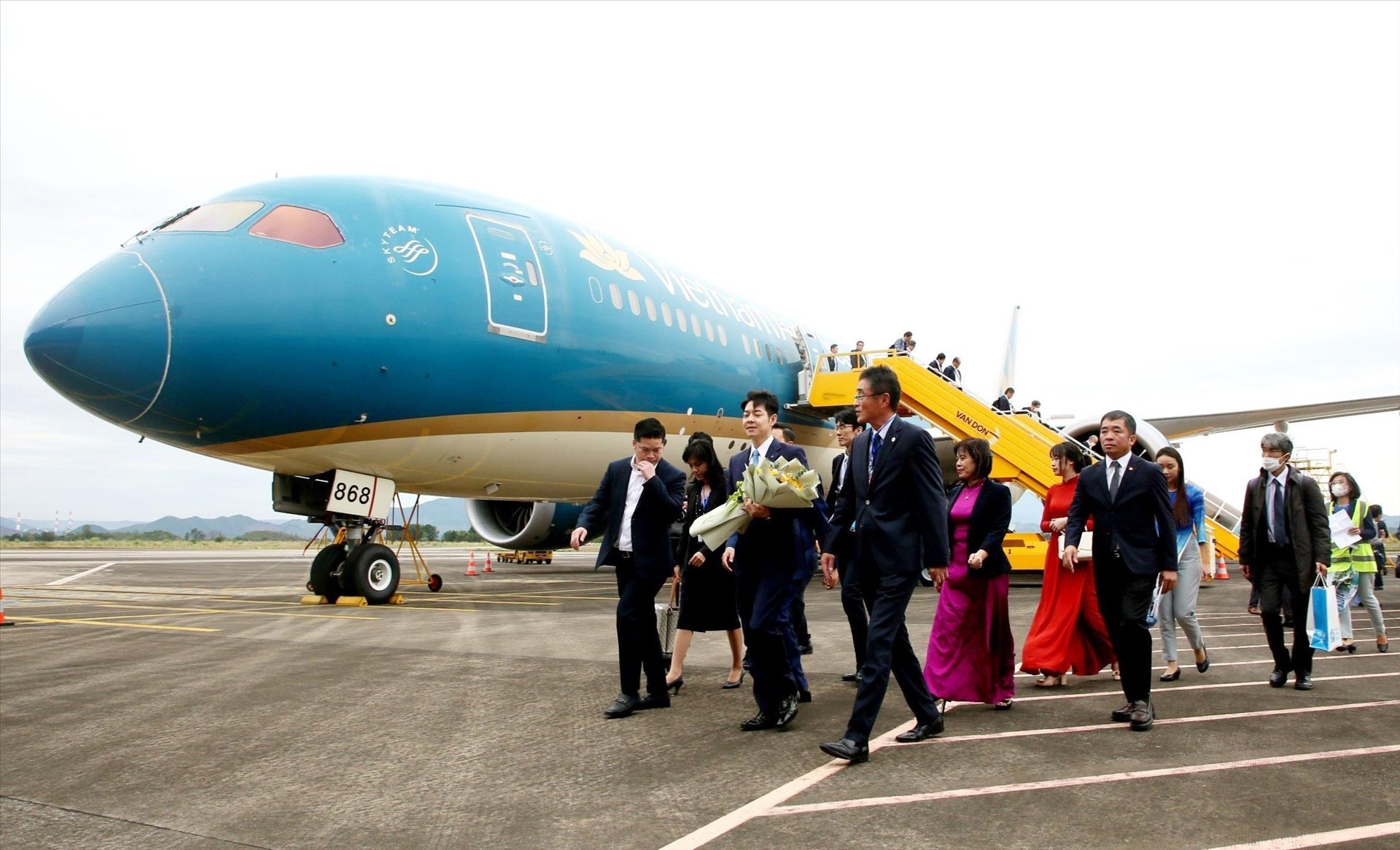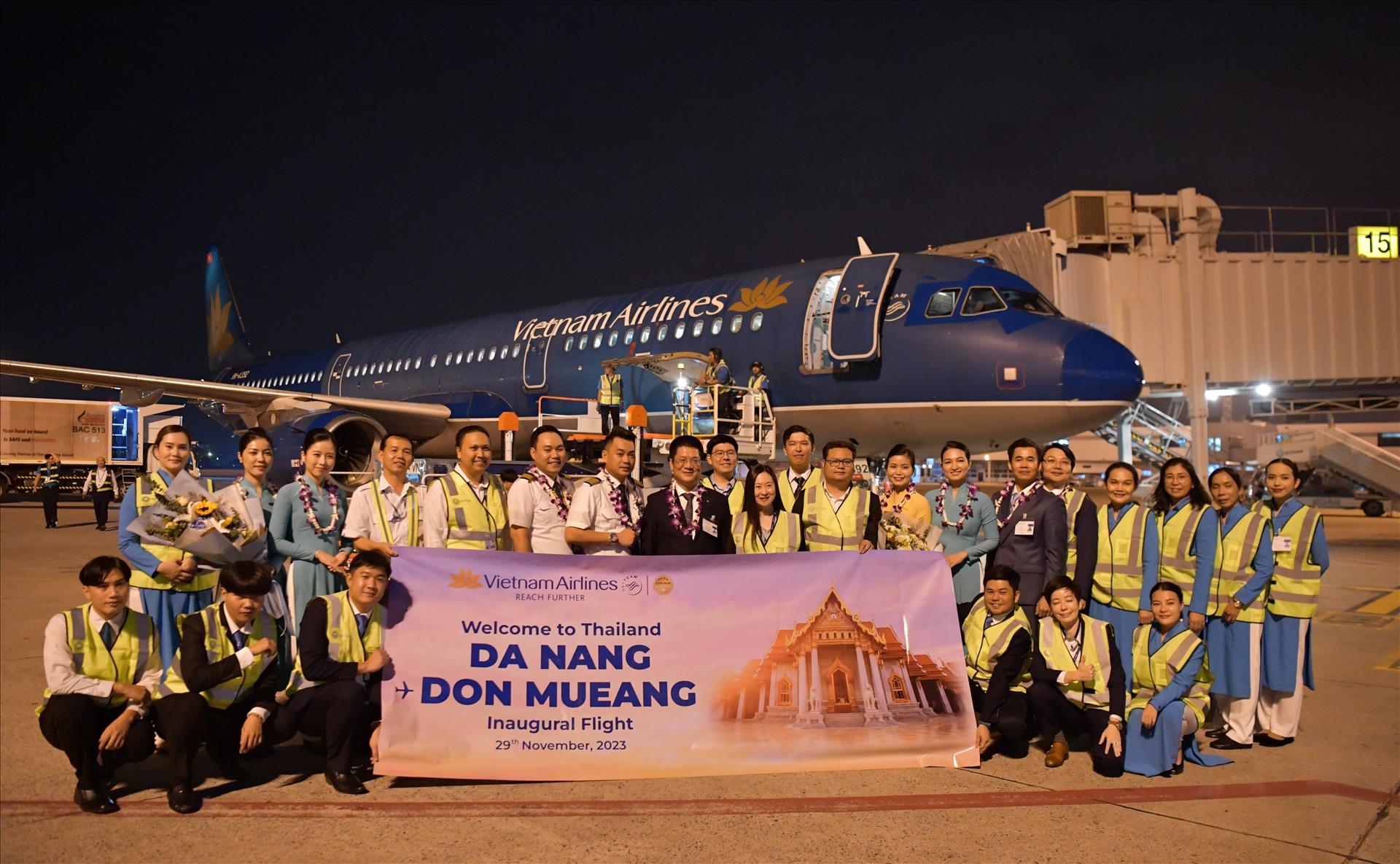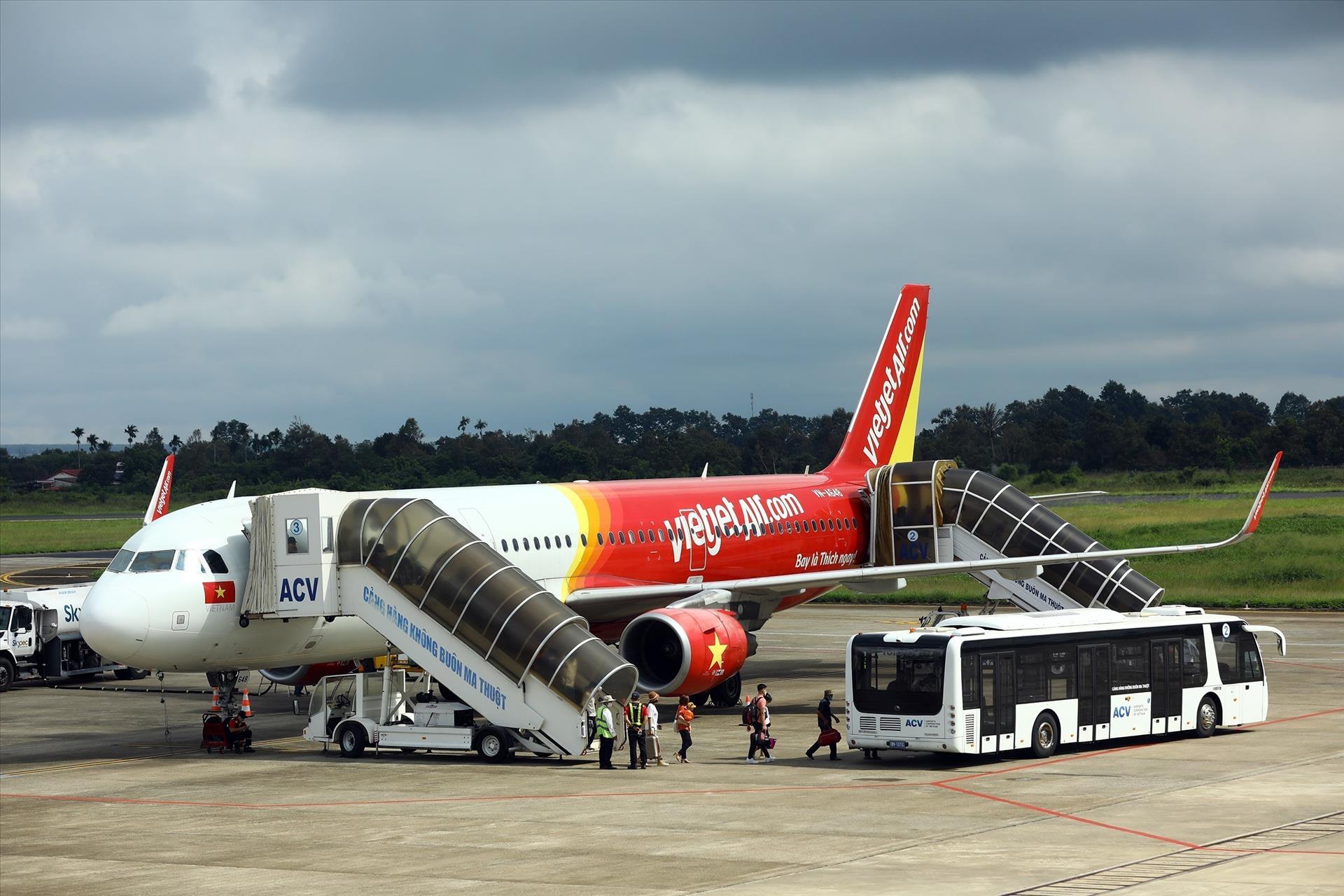Investing in the Aviation Infrastructure to Foster Economic Development and Connectivity
In recent years, Vietnam has made strides in upgrading, expanding, and constructing new aviation infrastructures with significant investments from both the government and private sectors. However, the pace of development has not kept up with the national and international growth rates. Recognizing the need for a breakthrough to boost the economy, promote tourism, and attract investments, the Prime Minister has approved a comprehensive plan for the development of the airport system and terminals until 2030, with a vision for 2050.
During 2011 - 2020, the aviation industry in Vietnam experienced remarkably high growth, averaging between 16-18% annually. This growth rate earned recognition from the International Air Transport Association (IATA) as the fastest-growing aviation sector in Southeast Asia and ranked fifth globally. However, the rapid development of air transportation has exerted pressure on the infrastructure of airports.
During this period, the aviation infrastructure in Vietnam was designed for a capacity of 95 million passengers per year. However, the actual number before the COVID-19 pandemic in 2019 reached 116.5 million passengers per year, exceeding the designed capacity by over 20 million passengers. With such passenger volumes, some airports have experienced an overloaded infrastructure, particularly Tan Son Nhat International Airport, Noi Bai International Airport, Cam Ranh International Airport, and Da Nang International Airport.
Currently, Vietnam operates 22 airports, with 21 of them managed by the state-owned enterprise Airports Corporation of Vietnam (ACV). The remaining airport, Van Don International Airport in Quang Ninh, operates under a Public-Private Partnership (PPP) model, calling for and mobilizing private investment.
In 2023, infrastructure development became one of the three breakthroughs, marked by the milestone achievement of the first direct flights of mid-range aircraft such as the A320, A321, and Boeing 737 to Dien Bien. This enables direct connections to long-haul routes leading to Ho Chi Minh City and other countries in the Asian region. Additionally, the passenger terminal at Phu Bai has been inaugurated, enhancing travel experiences. Furthermore, groundbreaking ceremonies have taken place for two major passenger terminals at T3 Tan Son Nhat and the Long Thanh International Airport. These developments signify significant progress in the enhancement and expansion of the aviation infrastructure in Vietnam.
It has been proven that transportation, in general, and airports and seaports, in particular, bring clear economic and social development benefits. The extent of transportation development directly influences the expansion and growth of various sectors, including urban areas, industrial zones, services, and tourism, optimizing land utilization effectively. In this context, aviation infrastructure, with its high specificity, complexity, and deep international integration, plays a crucial role. Airports not only serve as entry and exit points for the population but also act as vital connectivity hubs in the global aviation transportation network.
"The development of aviation not only has high economic value and time efficiency but also provides extensive global connectivity, aligning with the trends of collaboration and development worldwide," emphasized the Prime Minister.
According to the comprehensive plan for the development of the national airport system recently approved by the Prime Minister, there will be 30 airports in the country by 2030. Looking ahead to 2050, the vision is to have a total of 33 airports nationwide. The plan identifies national projects and priority key projects for new construction or expansion, including significant international airports that play pivotal roles such as Long Thanh, Tan Son Nhat, Noi Bai, Da Nang, Cam Ranh, and Phu Quoc.
The estimated capital investment required for the development of the airport system until 2030 is approximately 420,000 billion dong (18 billion US dollars). This funding will be mobilized from various sources, including the state budget, off-budget capital, and other legitimate sources of capital.
According to experts, it is crucial to establish a favorable legal framework and streamline administrative procedures. There must be mechanisms in place to expand aviation infrastructure because, without it, there will be not only congestion in transportation but also a bottleneck in the economy, hindering connectivity, tourism development, and investment attraction. Additionally, there is a need to improve investment organization methods and administrative reforms to deliberately select investors with sufficient capacity, experience, and dedication to enhance the effectiveness of mobilizing resources for the development of aviation infrastructure.
Story: VNP Photos: VNA Translated by Nguyen Tuoi
Designed by Trang Nhung
